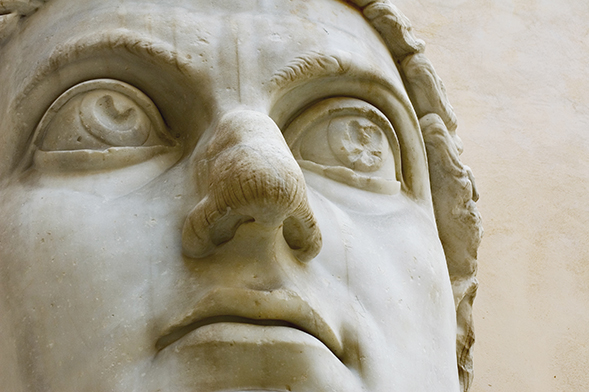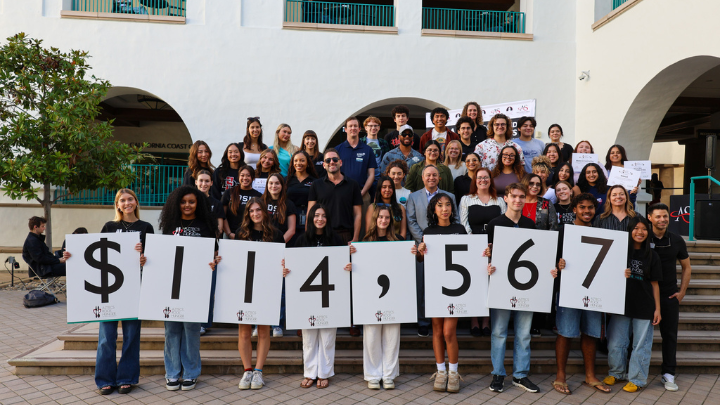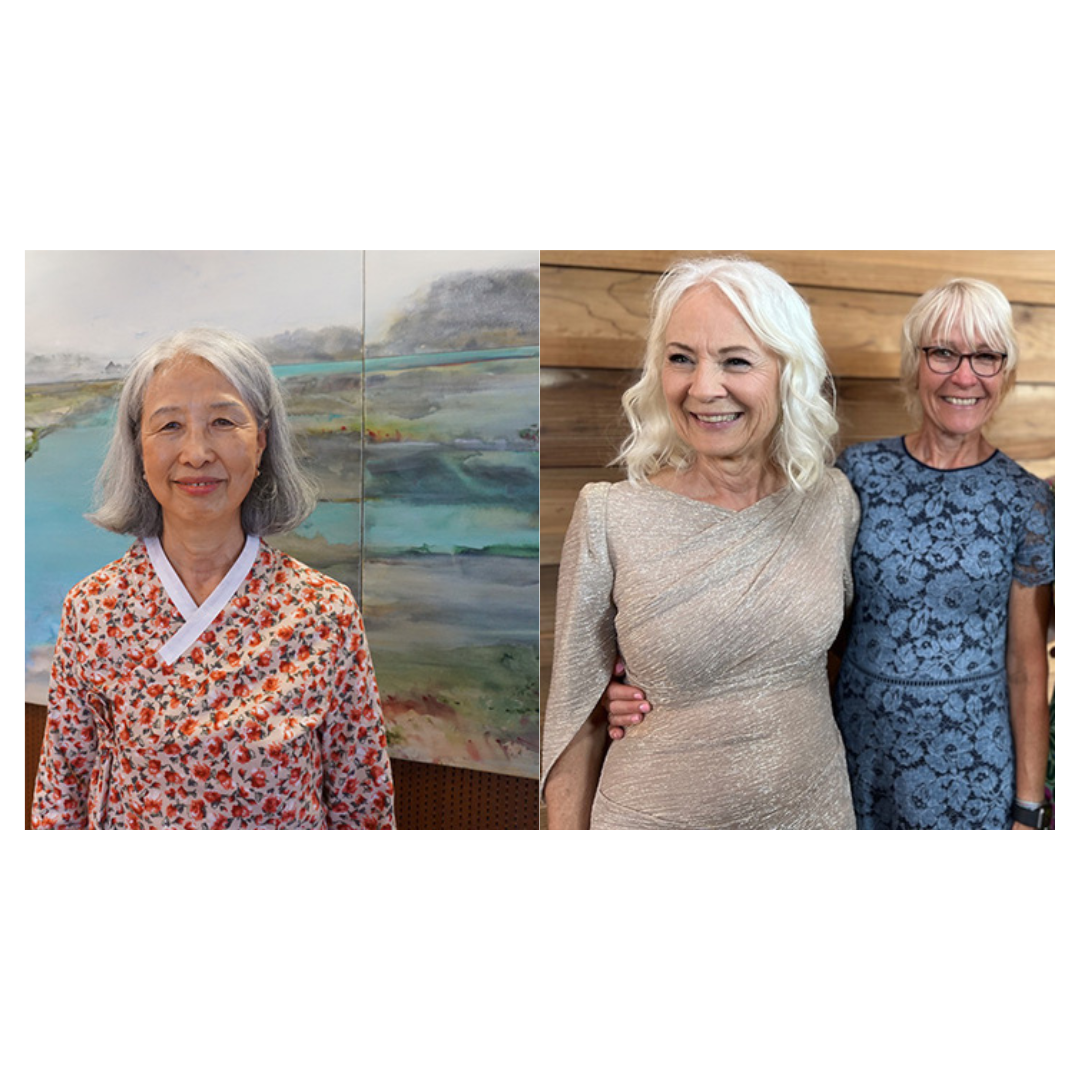$1.3-Million Gift Makes SDSU a Training Center for Classics Scholars
Donor David Stepsay, 83, was a non-traditional student who earned a degree in Greek and Latin.

Not so long ago “townies” was a common term on college campuses for returning students who began taking courses in retirement. Townies didn’t live on campus; they drove to campus from town and returned home each day.
Surprisingly (at least for people outside the field), Latin and Greek courses have always tended to attract townies. Many people develop a desire through the course of their working lives to acquire knowledge—completely unrelated to occupational skills — that they come to perceive as an enhancement or completion of their early education.
David Stepsay was a townie. Or at least that’s how he must have appeared to his SDSU classmates when he enrolled in Classical Greek following his retirement back in the late 1970s.
Stepsay did commute to campus from town, but the town in his case was Los Angeles. He would make the 90-minute commute to SDSU four days a week just to get access to the things he loved most in life: philology, etymology and the power of language that is unlocked through learning the rich history of words that have come into English from arcane origins centuries or millennia ago.
Stepsay kept up his commute and his studies in the ancient languages at SDSU until he had completed a major in classics. By the time of his graduation in the spring of 1983, he came to be viewed as a treasured enhancement to the education of his fellow undergraduates in the Department of Classics, said department chair Risa Levitt Kohn.
Stepsay enjoyed his time studying alongside younger students — so much so that, after graduation, he looked for ways to embellish the experience of students studying the classics at SDSU. He supplied the department’s library collection with costly editions of major dictionaries and specialized encyclopedias. He donated books from his own rich collection, especially in the field of numismatics or coin collecting.
Stepsay’s patronage of the Department of Classics extended to the special scholarship funds he established specifically to promote peer-to-peer tutoring in Greek and Latin classes. He came away from his experience at SDSU firmly convinced that struggling students of ancient Greek and Latin could be helped most by a fellow student right on the spot in class.
He was moved and excited by the sight of students helping to explain to their peers certain grammatical concepts or methods of memorization beyond the grasp of the professor, Kohn said. As a result, he sought to institutionalize the practice and allow the professors of Greek and Latin to designate the natural tutors in their classes as “Stepsay tutors.”
Upon his death this past October at the age of 87, Stepsay’s final act of philanthropy to the study of classics at SDSU was the endowment of a lectureship for the department. The Endowed Post-Doctoral Fellowship in Classics in memory of the Stepsay Family — established with an estate gift of $1.3 million dollars — will allow the department to hire freshly minted doctors of philology to spend up to two years at SDSU teaching courses related to the study of the classical world, including Greek or Latin.
The Stepsay Post-Doc will give students access to energetic and stimulating scholars of the ancient languages and will grant these young scholars the opportunity to advance their research to publication at a critical time in their careers, said Kohn adding, “The endowment speaks in so many ways of David’s care and concern for the experience of students at San Diego State, and for the preservation of the classical learning that enriched his own life.”



